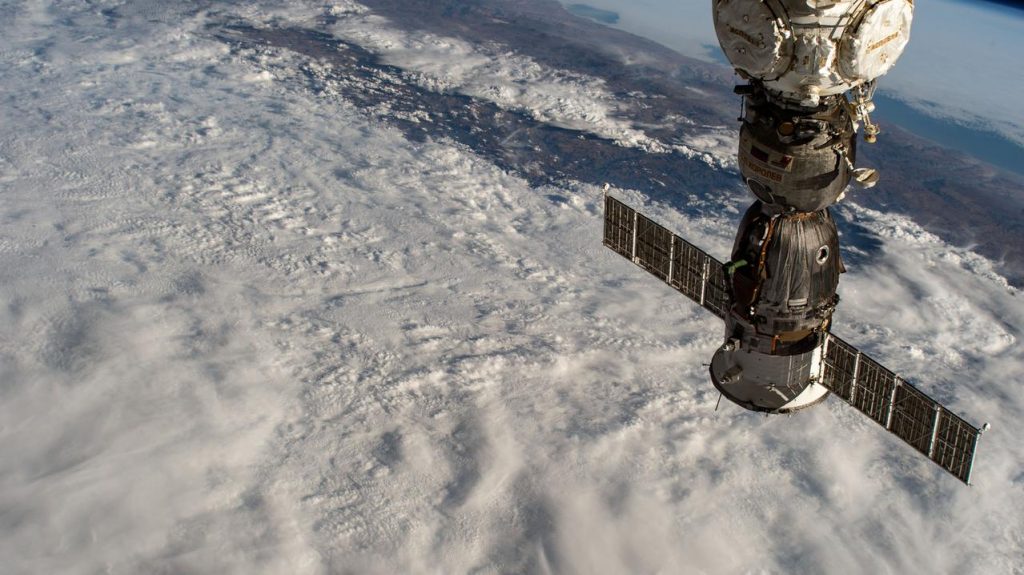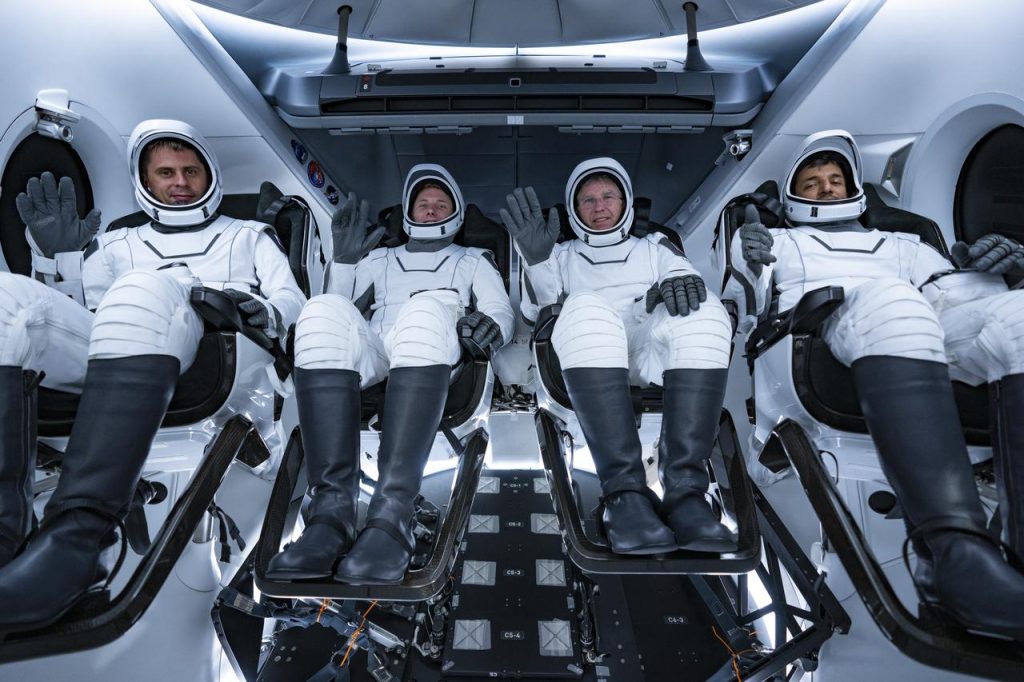Welcome to what may be the most nerdy column that will ever come to Falcon News: Spaceflight Insight. In this weekly article we will go over last week’s space related news in an engaging way.
Our first piece of space news comes from the International Space Station. Russian Cosmonauts on the International Space Station were woken on the morning of Feb. 11 when a low pressure alarm went off. Acting quickly, mission control in Moscow was able to identify the leak and instruct the Cosmonauts to close the hatch to the Progress MS-21 resupply vehicle.

While the leak was minor, it was enough to set off the sensitive alarms on the space station. NASA and the Canadian Space Agency were asked to use the robotic “Canadarm2” to take a picture of the outside of the MS-21 ship.
The pictures by NASA and the CSA showed a small hole with a mysterious brown residue around it. The cause of the leak has not been publicly released.

This comes just after a coolant leak on the Soyuz MS-22 mission that took 2 Cosmonauts and an American Astronaut to the International Space Station and left the status of the survivability of the capsule unknown. Despite the apparent issues with the Soyuz vehicle, the Russian Space Agency, ROSCOSMOS, says it will not delay its next Soyuz launch to the International Space Station.
JAXA, the Japan Aerospace Exploration Agency, planned to launch its new H-3 rocket on Feb. 17 from Launch Pad 2 at the Tanegashima Space Center.
The new H-3 rocket is an expendable launch vehicle. The launch vehicle was originally going to launch in 2020, but due to the pandemic, development of the rocket was delayed.
Everything was looking good while the H-3 rocket was on the launch pad until the engine ignition. During the engine startup process, the main engine was shut down before solid rocket booster ignition and the launch was aborted with 0 seconds on the clock.
JAXA announced on Feb. 22 that the cause of the issue was a power supply failure to the engines. They hope to fix this issue and plan to launch sometime before March 10.
“Japan Aerospace Exploration Agency (JAXA) scheduled the launch of the first H3 Launch Vehicle (H3 TF1: Test Flight No.1) carrying the Advanced Land Observing Satellite-3 “DAICHI-3” (ALOS-3) at 10:37:55 on February 17th, 2023 (JST) and had worked towards this target; however, during the automatic countdown operations, an anomaly was found in the first stage system and ignition signals for SRB-3s were not sent. Today’s planned launch has thus been cancelled.”
JAXA
Our final story comes from Cape Canaveral where the crew for the Commercial Crew 6 mission arrived for their launch.
On Feb. 25 the crew completed a wet dress rehearsal, training up until the moment before launch. Then on Feb. 26 at 10:37 a.m. (Japanese standard time) the crew boarded the spacecraft for launch.

Unfortunately, 4 minutes before launch, the launch director let the crew know of an issue that would prevent the launch. This problem is that the Falcon 9 rocket was unable to load its ignition fluid to ignite the 9 Merlin 1-D engines for launch.
The launch has been postponed until the 27th.
That is it for last week’s space news. Thank you for reading.
I hope to make these digestible bits of spaceflight news better, so If you have any aerospace questions or some feedback, don’t hesitate to let me know. Contact me at codyeutsler@gmail.com.
As always, fly safe.




